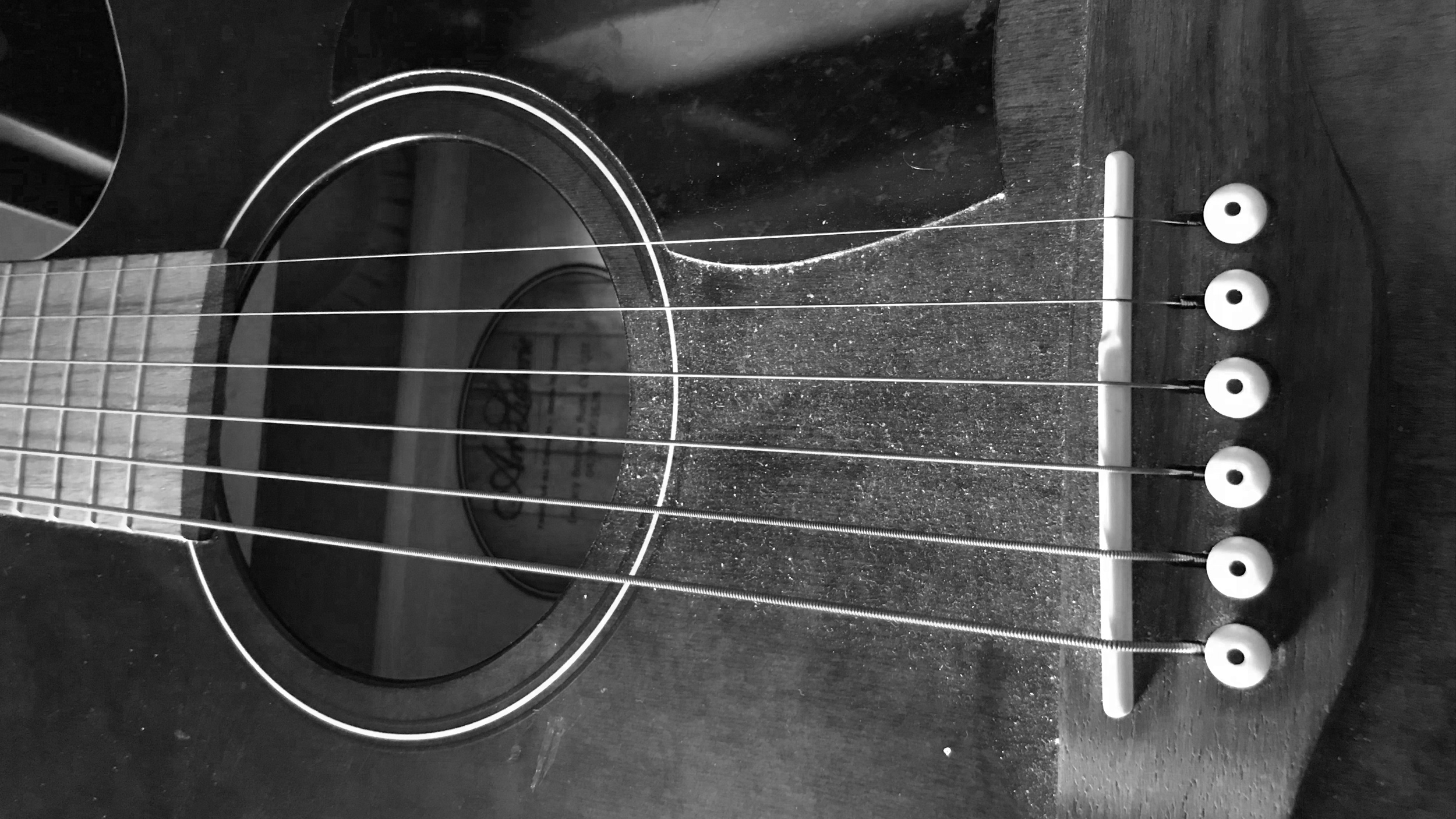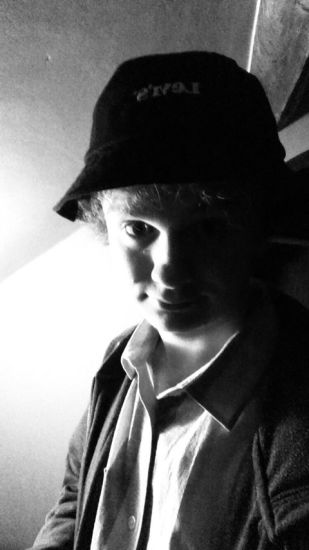Dusty Steel Harmonics
An Arts And Lutherie CW QIT guitar sampled playing harmonics


ByOlli Dix
The story
My first ever steel stringed guitar, an Arts And Lutherie CW QIT, a very catchy name, definitely.
I sampled the twelfth fret harmonics of this guitar in three different ways (microphone, line out, and through my dusty “renovated” SoundKing amplifier), using two different playing styles (pinch, and thumb), which are set as the two velocity layers.
FX1 controls a basic low-pass filter, whereas FX2 is considerably more interesting. It controls a convolution reverb with a custom IR, which gives it a dark and mysterious character that I personally adore.
This is my first ever fully fledged sample library, so it may not be that great, but I hope some of the people on here can have some fun with it, as I certainly have!
Reviews
An Ambient "Steely" Sound
A steely guitar with a dark ambient tone to it. I like the use of the harmonics which dampens the resonance of the strings and creates a muted ring instead. There are inconsistencies with the tone between registers and some hum/buzz buildup however a great instrument nonetheless.
Dusty it is
With a couple of notes, you can make it work, maybe build some sound effects from it. I do like it a lot more after turning down the "Amp" button, but the fret buzz and inconsistencies of many of the notes do make it less appealing to play.
Kind of Unnatural
I am usually pretty fond of harmonics libraries. I find them really nice to layer with real recordings. This one however i found to sound pretty un natural. Maybe it was too heavily processed or maybe this is just because of how "dusty the guitar is. Its definitely an interesting sound but it just doesn't inspire me like it might some others. The GUI and knobs looks nice but are kind of confusing. Its not very intuitive and you definitely have to mess around for a little before you figure out what's going on. Also there seems to be kind of a jarring difference between different notes that leaves it not feeling as smooth as it could be. Good effort but im personally just not really into it. I look forward to hearing what you do in the future
